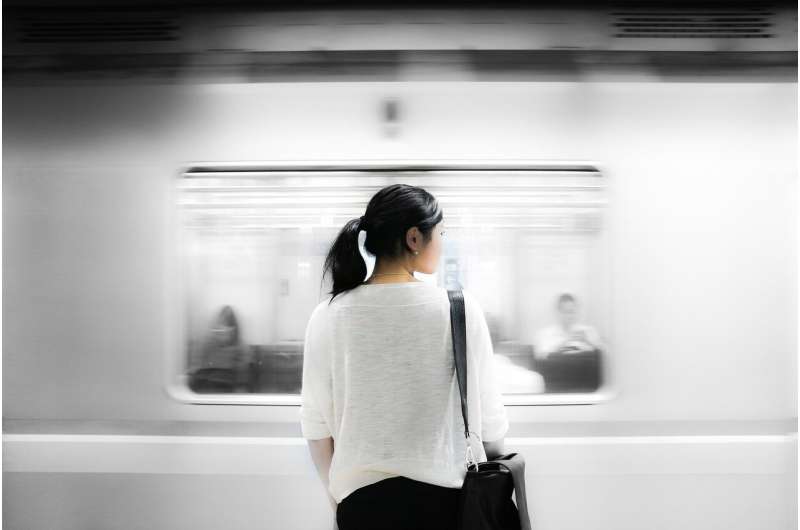Data disaggregation shows startling health disparities among Asian Americans

With the recent rise in anti-Asian violence and the tragic shootings in Atlanta, there has been an increased focus on individual and institutional racism toward Asian Americans. Our experience as Asian American medical students has revealed another issue that has received little attention: Asian American health disparities are hardly covered in medical education.
This makes us wonder: Does anyone care about the health of the communities that we grew up in?
Minority health disparities first gained major attention in 1985 with the Heckler Report on Black and Minority Health, which led to the establishment of the Federal Office of Minority Health. Importantly, the report concluded that Asian Americans in aggregate were healthier than other U.S. racial groups. This view supported the 1960s “model minority” myth of Asian Americans—law-abiding, educated, high-income and hardworking.
But a more granular look at Asian American subgroups reveals persistent socioeconomic and health disparities. Recent U.S. census data show that Asians, as a whole, were indeed less likely than the overall U.S. population to live in poverty (12.1% vs 15.1%). However, disaggregating Asians by racial subgroups shows that 28.3% of Hmong, 33.3% of Bhutanese and 35% of Burmese Americans live in poverty.
Furthermore, such data disaggregation revealed startling health disparities. The incidence rate of cervical cancer in Vietnamese women is twice that of non-Hispanic white women, as noted in one 2015 study, and higher rates of diabetes are found in Filipinos and South Asians compared to the non-Hispanic white population. For Asian Americans, disaggregation of aggregated data is key.
The COVID-19 pandemic has further demonstrated that the lack of knowledge around Asian American health has serious public health implications. The National Academies of Sciences, Engineering and Medicine’s “Framework for the Equitable Allocation of COVID-19 Vaccines,” commissioned by the Centers for Disease Control and National Institutes of Health, explicitly mentions the impact of COVID-19 on minorities, but paradoxically neglects any mention of Asian Americans. This lack of inclusion, while possibly due to a scarcity of COVID-19 research on Asian Americans, falsely implies that Asian Americans are not facing challenges during this pandemic and do not require vaccine outreach. Once again, Asian Americans are invisible in aggregate.
As we move forward in this pandemic, we must break through the cycle of Asian American disenfranchisement and act to improve Asian American health. We urge health care providers and public health stakeholders to conduct outreach to vaccinate vulnerable Asian American populations, such as those who are low-income and who have limited English proficiency. With vaccine rollout expanding, we must ensure that populations know when, how, where and why to get vaccinated.
Furthermore, as we continue to study COVID-19 and its disproportionate effect on minority populations, we advocate for the disaggregation of Asian American data to understand the adverse effects of COVID-19 on Asian American populations. Without granular collection and reporting, the most vulnerable Asian American populations are silenced in aggregation.
Source: Read Full Article


